
Goodbye, traditional traveler; hello tech-savvy traveler
In the last 20 years, security at airports and airlines has made traveling sometimes a torture. According to the World Tourism Organization (UNWTO), in 2018 there were more than 4,000 million trips by plane, of which 1,400 million were international trips. Although only 10% of the world's population travels by plane, about 770 million people.
In turn, the traditional traveler is disappearing, making way for another who relies entirely on technology. And this is the one it is changing the way we travel, inevitably making it more artificial.
SMART TRANSLATORS
Learning some common phrases in the local language can help us a lot, but this is not always easy. According to the National Academy of Sciences, they are experimenting with implants in the cochlea, in the inner ear.

Neither dictionary nor Google Translate, smart translators will soon be a reality
They are made with nanofibers called stereocilia, a kind of ultra-tiny hair that help trap vibrational waves, thus improving hearing in people with deafness. A Nano transducers are added to these same filaments to reproduce the voice and translate several languages in real time. This technology still has years to go.
The data: According to the World Health Organization (WHO), There are 466 million people in the world with disabling hearing loss. One in three older adults is deaf and 1.1 billion young people are at risk of hearing loss.
**ID WITH RADIO FREQUENCY (RFID) **
Nowadays, those who travel frequently prefer to carry only a carry-on bag. Nevertheless, many airlines and airports do not accept smart bags for security, even if the battery is removed.
For this reason, some companies have started using RFID tags (radiofrequency identification), which lack batteries, since they are loaded with radio frequencies and then emit a location signal with all the data of the suitcase (destination, layover, airline, owner...) . A very efficient and safe process.
The data: According to SITA, last year airlines worldwide lost about 25 million bags.
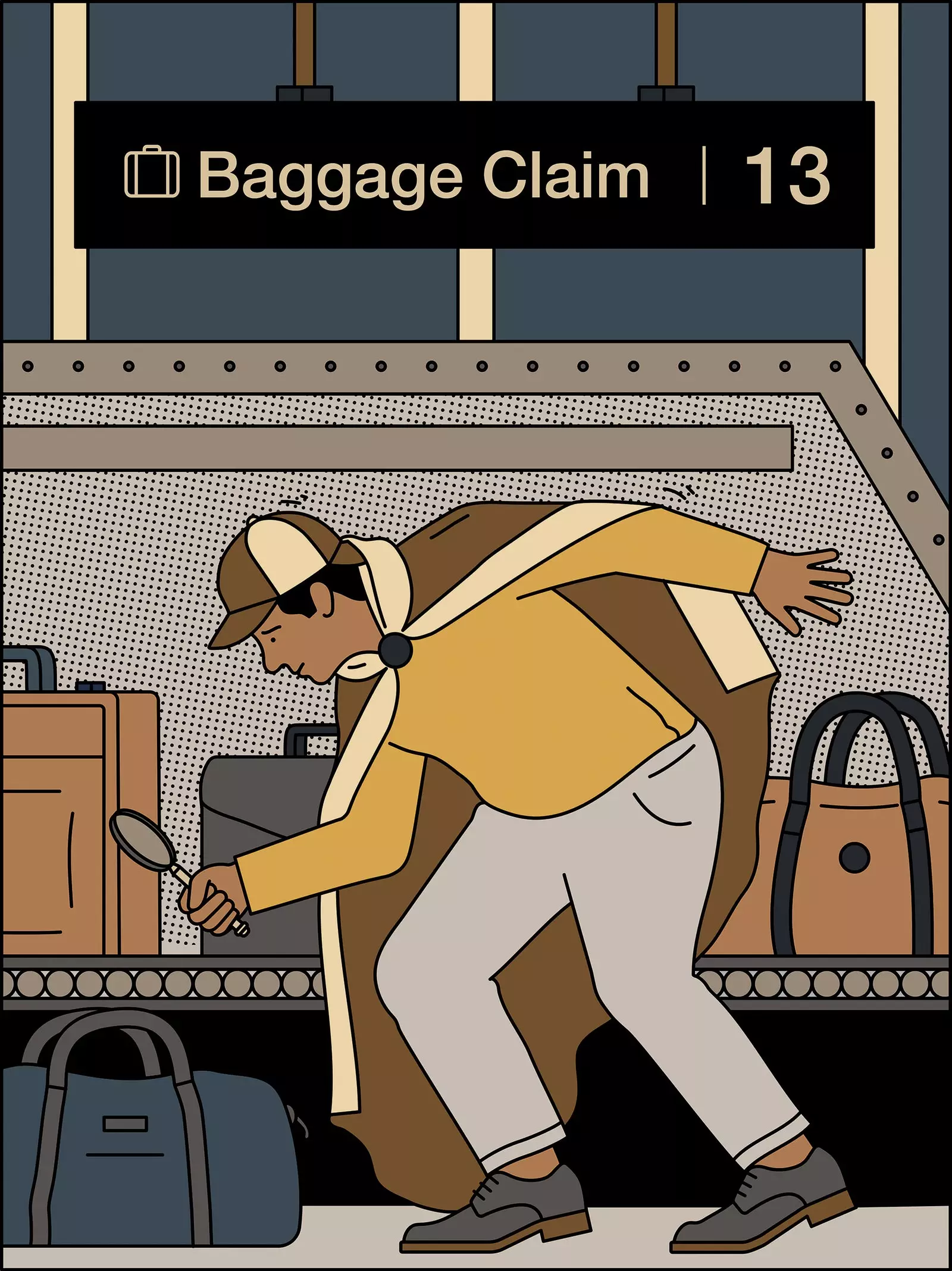
Up to 25 million bags are lost each year
(SUPER) PORTABLE DEVICES
Traveling with your laptop, however light it may be, is not as practical as it seems. To remedy this, companies like Samsung are creating smartphones that can be converted into desktop computers (Samsung DeX) by connecting them via bluetooth to a mini-keyboard and a television, such as the one in your hotel room.
Although this experience is far from being the same as that of a laptop, it is expected that, in about five years, the new smartphone processors can perform all the tasks of a computer.
The data: According to Gartner, a computer is stolen every 53 seconds. For its part, the Ponemon Institute states that, in 2008, nearly 12,000 laptops were lost each week in US airports and only two-thirds were recovered.
VIDEOCONFERENCES
The biggest fear airlines and hotels should have is video conferences and webinars (online seminars) . And it is that the companies, instead of investing in flights, hotel and diets, now prefer hold these meetings virtually.
With the speeds that the internet offers today, even if the people making the video call are on opposite sides of the world, it will be as if they were in the same room. Quite a savings for companies and a significant lack of income for the travel industry.
The data: According to Speedtest.com, the world average internet speed (fixed bandwidth) is 69.10 Mbps (megabits per second) and mobile telephony is 29.50 Mbps, which facilitates videoconferences.
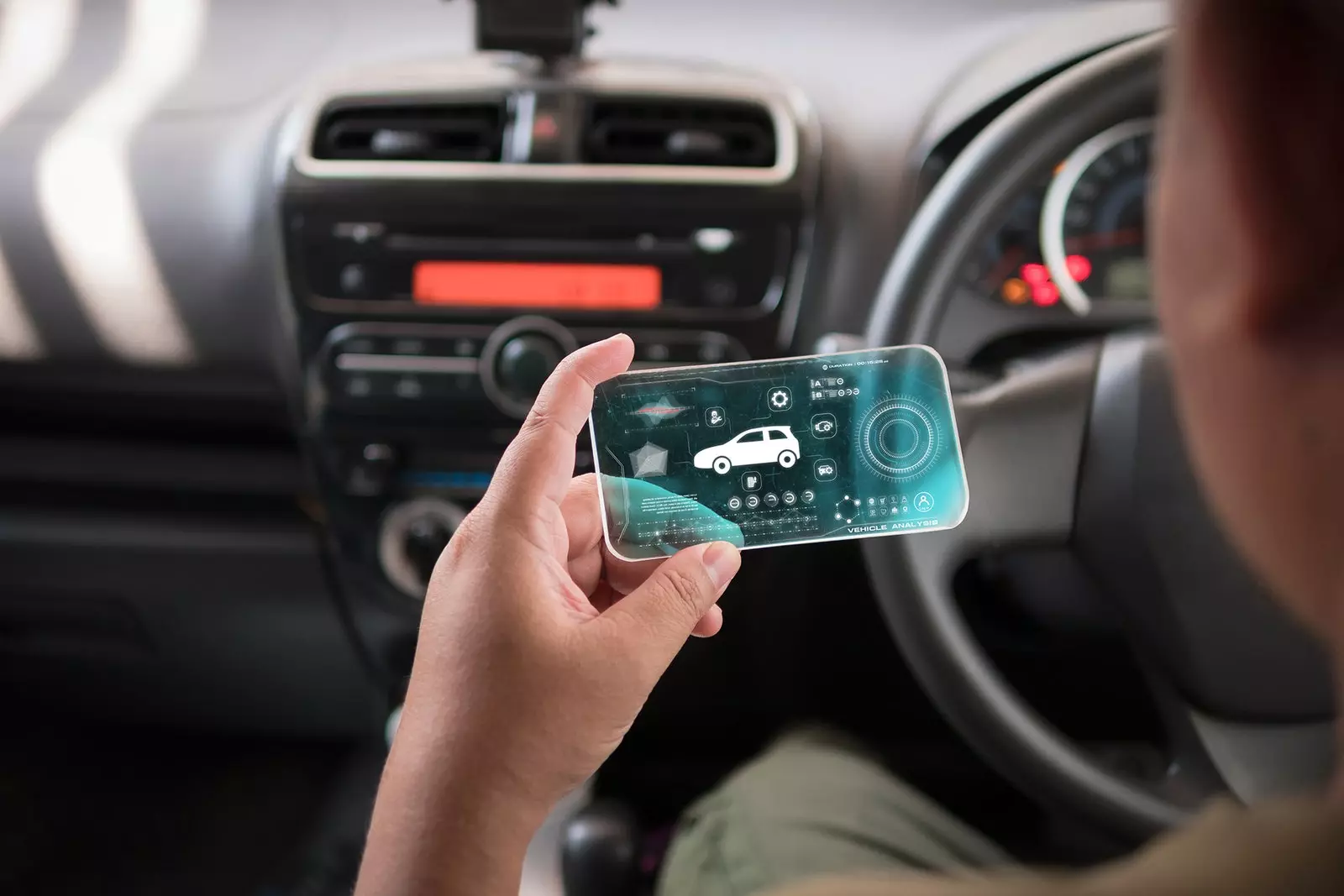
Almost 95% of the world's population is covered
CONNECTIVITY
Smartphones offer us the best possible connectivity: almost 95% of the world population has coverage, but there is only a signal in 17% of the planet, where there is inhabited mainland. And, incredible as it may seem, only 35% of the planet's inhabitants have a mobile phone.
Despite these numbers, many regular air travelers would like to stay connected during the flight. That's why, airlines are implementing internet on board on all their routes. It's still expensive, but it's already a reality.
The data: One of the best writers of classic science fiction is Arthur C. Clarke, who very aptly said: "Any sufficiently advanced technology is indistinguishable from magic."
3D PRINTERS
The cost of an airplane is very high, but, if we printed its parts, the production price would decrease, something that will soon be possible. So far, we have managed to print tools, prosthetics or food. Bio-ink is also being experimented with, which can print living cells such as skin, ears or corneas.
The data: the Medical University of Vienna has already printed a human placenta and the biotech company BIOLIFE4D is trying to print a 100% functional heart.
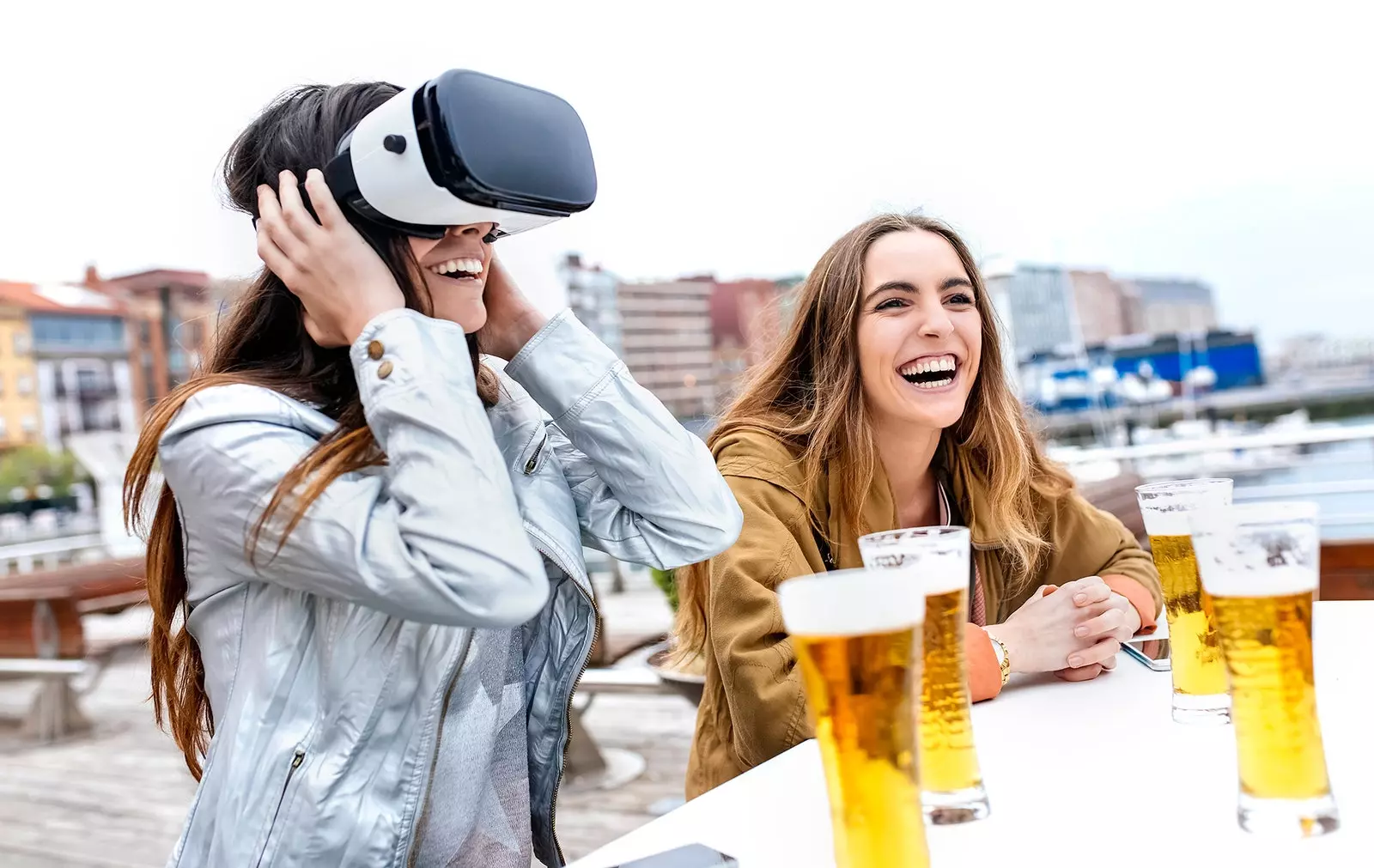
Do we travel without moving?
BIOMETRIC RECOGNITION
Biometric systems are being implemented in security companies, banks, airlines and even in smartphones. Currently, the CBP (United States Customs and Border Protection) is testing facial recognition systems at several airports, increasing security exponentially.
For their part, airlines such as Delta and United Airlines are collaborating with CLEAR , a company that creates biometric detection systems to verify identity, thus helping us to pass the security control faster and without having to use the DNI.
The data: Norton says that biometric information can be more vulnerable, since it is stored in zeros and ones, like any other data. You can change passwords, but not your fingerprint or iris scan. This means that once your biometric data has been compromised, it will never be under your control.
**VIRTUAL REALITY (VR) **
Sitting in the same place for hours can get really boring. To help time pass faster on flights, some airlines are offering first-class passengers virtual reality (VR) goggles. They can be used to see 2D and 3D movies, as well as VR content, including: 360 degree videos, landings and takeoffs or children's programs.
However, this technology has a drawback: in some cases, three-dimensional vision causes nausea after half an hour. Currently, Its most practical use is for pilot, military and police training.
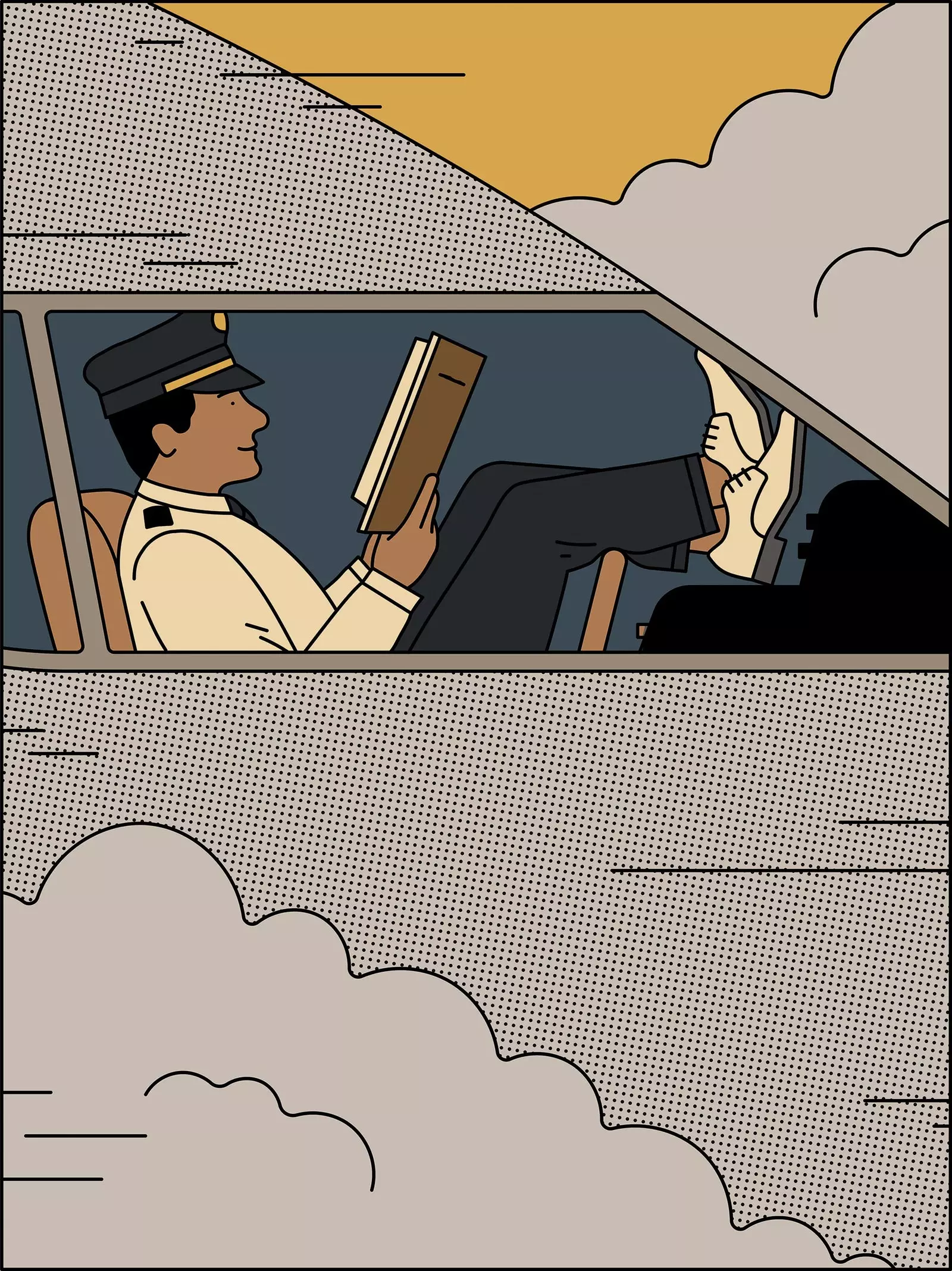
Steer the plane without any pilot on board?
The data: The California Institute of Technology (CALTECH) commented that 3D technology will be integrated into VR systems, where hyper-realistic holograms are created by means of laser projectors without the need for 3D glasses.
AUTONOMOUS AIRCRAFT
The computer aided flight it is the safest way to fly, thus avoiding human error. For now, they can only do 90% of the work of pilots, but Boeing and Airbus are testing systems with artificial intelligence that will be able to make the flight completely autonomous, and even, in the future, they could direct the plane without any pilot on board, avoiding its cost to the airlines.
The data: according to ANSI (American National Standards Institute), vehicle driving automation levels (SAE International) will reach level 5 between 2025 and 2030, which means that the vehicle will not need more than one driver. Fighter planes can already fly autonomously or be piloted remotely, like drones.
ALTERNATIVE FUELS
One fuel that could change the energy and aviation industry is Helium-3 (He3), with the potential to be used as clean non-radioactive fuel in future nuclear fusion power plants, that can produce four times more energy than traditional plants.

In the future, planes could fly with alternative fuels
Lockheed Martin, which is the most advanced aerospace company in technology and defense, believes that in a few years it will have ready its first nuclear fusion reactor for airplanes, that will produce enough power to propel a spaceship through the Pleiades.
This gas exists on Earth but in extremely small amounts. On the contrary, on the Moon it abounds thanks to its null atmosphere and the constant bombardment of He3-laden solar winds.
The data: According to the European Space Agency (ESA), with the He3 existing on the Moon, our planet could be supplied with energy for the next 5,000 years.
GENETIC ENGINEERING
This is the modification and manipulation of an organism's genes using biotechnology, capable of changing the genetic makeup of cells and creating new DNA. In addition to inserting genes, specific parts of the genome can also be deleted.
This allows cure diseases, modify food –making them more resistant to any climate– or create superhumans that can live with little gravity or oxygen.
The data: Many governments are against genetic manipulation in humans, but in China Lulu and Nana, two babies modified to resist AIDS, were born in 2018.

Facial recognition could speed up security checks at airports
NANOTECHNOLOGY
is the manipulation of matter on an atomic, molecular and supramolecular scale, which is used to alter and rearrange patterns at the atomic level. This means that New materials can be created, such as odorless fabrics, super-resistant and lightweight metals, or plastics that disintegrate without a trace in a matter of minutes when they touch seawater.
Nanotechnology is being used in various fields of science, such as chemistry, biology, physics, medicine or aeronautical engineering, always eager for ultralight and more resistant materials for airplanes.
The data: Researchers at Worcester Polytechnic Institute are using antibodies attached to carbon nanotubes on chips for early detection of cancer cells in the bloodstream.
SYNTHETIC BIOLOGY
This is an interdisciplinary branch where biology, engineering and computer science are combined to modify DNA and thus create an artificially synthesized (biosynthetic) genetic material. Your goal is the redesign and manufacture of biological components and systems that do not yet exist in nature.
This can be used to clean up the environment, cure diseases, improve food, or even create new forms of life on demand. In the future, pilots that do not need to sleep could also be created.
The data: The World Health Organization (WHO) recommends artemisinin-based combination therapy (ACT) for the prevention of malaria. Based on this same component, artemisinic acid is a very effective semi-synthetic drug.
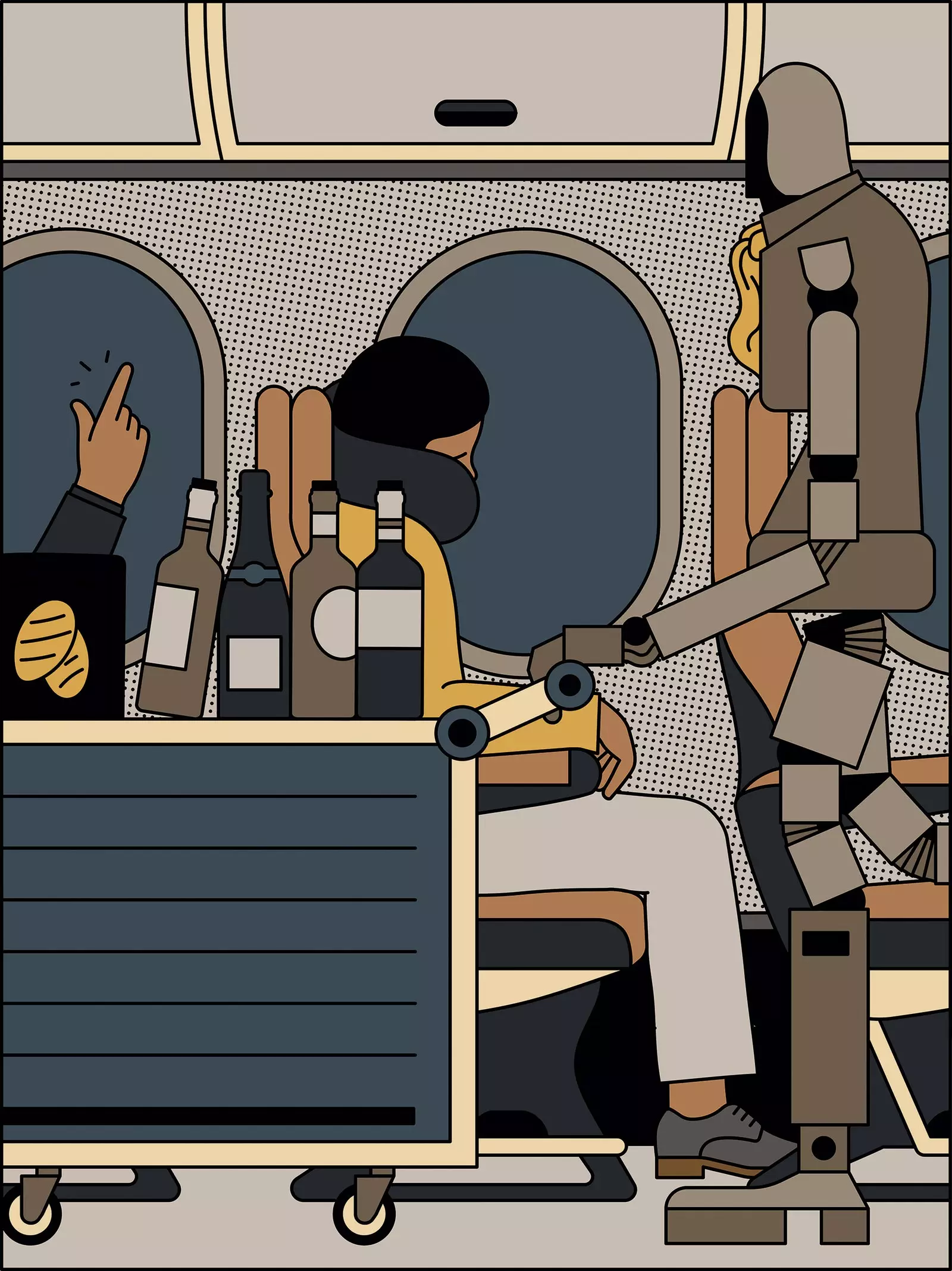
There is still no robot that has enough intelligence to provide flight attendant service
ROBOTICS
It is the science that includes mechanical, electronic and computer engineering, which deals with of the design, construction, operation and use of robots. Currently, the latter are very useful for medical and military purposes.
Although they are already being used to create near-bionic robotic prostheses, There is still no robot that is smart enough to take care of a child or an elderly person or to serve as a flight attendant on an airplane.
_The data: robophobia is a real anxiety disorder in which the person has an irrational fear of robots and artificial intelligence. Paradoxically, people like Bill Gates and Elon Musk suffer from this disorder._Stephen Hawking also suffered from it.
QUANTUM COMPUTING
The quantum computers they handle information differently than supercomputers with binary systems: instead of storing a result using bits represented by zeros or ones, they use quantum-bits (qubits) to encode information as zeros, ones, none, or both at the same time.
This superposition of states, together with other quantum-mechanical phenomena of entanglement and tunneling, allows handle huge combinations of data at once. For example, breaking a 4096-bit encryption would take a traditional computer about a decade, while a quantum computer only a couple of minutes.
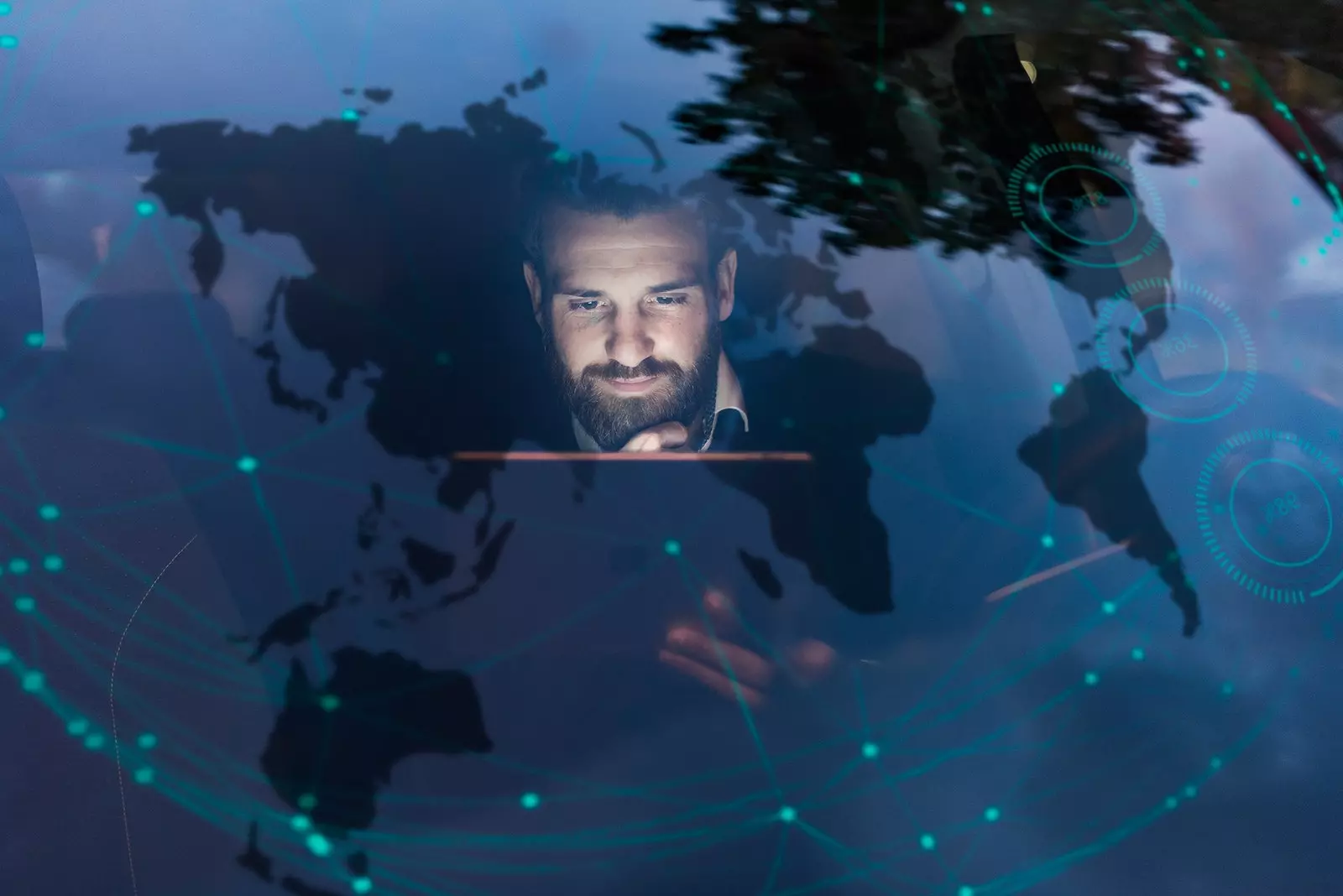
It will be possible to manipulate huge amounts of data in a very short time
A single quantum computer could run hundreds of planes at the same time. therefore, human personnel would no longer be necessary in the control tower.
The data: the current price of quantum computers, such as the D-Wave 2000Q, is more than 13 million euros, which makes them totally unaffordable.
**ARTIFICIAL INTELLIGENCE (AI) **
It is an area of computer science that emphasizes creation of intelligent machines that behave and react like human beings autonomously. Today, devices with this kind of advanced technology can recognize both face and voice, but still depending on your programming.
To date, artificial intelligence is used in autonomous vehicles, mobile phones, drones, commercial planes...
When the time comes when machines have their own consciousness and can self-reprogram, then it will truly be artificial intelligence... or perhaps, the end of the world as we know it?
The data: According to a study by Professor Clifford Nass of Stanford University in California, most people feel more comfortable listening to the sound of a female voice than a male one, which is why assistants with artificial intelligence often use always a woman's voice, as is the case with Siri (iOS), Alexa (Amazon) and Google Assistant.
*This report was published in the number 135 of the Condé Nast Traveler Magazine (January) . Subscribe to the printed edition (11 printed issues and a digital version for €24.75, by calling 902 53 55 57 or from our website). The Condé Nast Traveler January issue is available in ** its digital version to enjoy it on your preferred device. **

When reality is getting closer to overcoming fiction
